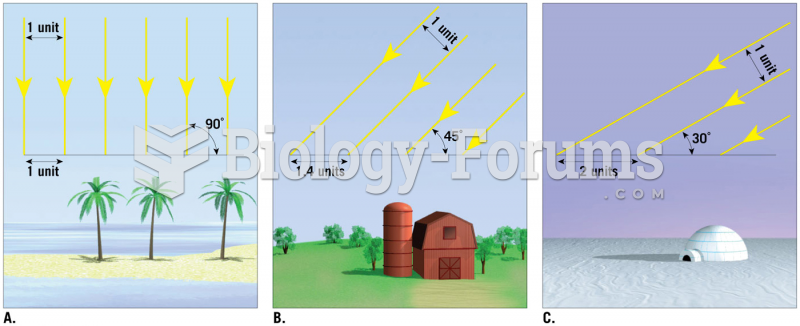Answer to Question 1
When a market has too few stores to satisfactorily meet the needs of the customer, it is understored. In this setting, average store profitability is quite high. When a market has too many stores to yield a fair return on investment, it is overstored. Overstored markets are quite costly in terms of lost profit opportunities or, in many cases, losses due to the intense competition.
One typically measures saturation, overstoring, and understoring in terms of the number of stores per thousand households. The consensus among retail location experts is that the United States is currently highly saturated or overstored with retail establishments, and thus retailers are taking a second look at some long-ignored markets such as older downtown areas and also nontraditional locations.
A possible indicator of understored versus overstored markets is the index of retail saturation (IRS). The IRS is the ratio of demand for a product or service divided by available supply and can be measured as follows: IRS = (H x RE)/RF, where IRS is the index of retail saturation for an area, H is the number of households in the area, RE is the annual retail expenditures for a particular line of trade per household in the area, and RF is the square footage of retail facilities of a particular line of trade in the area.
When the IRS takes on a high value in comparison with the line of trade in other cities, it indicates that the market is understored and thus a potentially attractive opportunity. When the IRS takes on a low value, it indicates an overstored market, which precludes the potential for significant profits.
Answer to Question 2
A customer-centric view of retailing is focused on the retailer developing a deep understanding of its customers or potential customers and how they are going about their ordinary lives to enhance them. Customer centricity views the customer as an active participant in the process of creating resources and solutions. It views the customer as involved in relationships that involve engagement, co-producing, co-creating, relieving, and enabling processes.
In the traditional or firm-centric view the focus is on primarily the economic goals and outcomes. It is mainly concerned with the value of goods created by the manufacturers, getting the merchandise to market as quickly and efficiently as possible and selling it to consumers who consume or destroy the value.
In terms of promotion, the traditional broadcast one-way model is highly firm centric because it is designed to allow the retailer to primarily sell its merchandise. However, consumer-centric views advertising and all communications as a service and part of the process of building relationships.
A retailer cannot fully understand its customer if it does not go beyond simply trying
to understand how customers shop in the store. Retail shopping behavior must be understood
within the context of the everyday existence of customers and how they constantly
integrate resources to solve problems and pursue opportunities.







